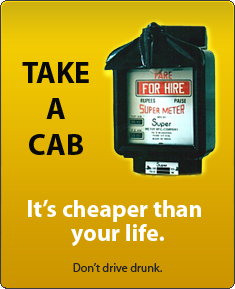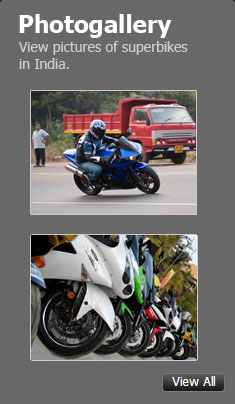News
Why you should slow down before blind curves
I was driving my Tata Safari Storme on the highway. I decided to overtake a long, multi-axle lorry on a curve & was taken aback by the highway department personnel working on the right lane.
BHPian PrasannaDhana recently shared this with other enthusiasts.
Why it is always better to drop speeds around blind curves?
I was driving my Storme on the highway. There was this curve, the left lane was occupied by a long multi-axle lorry, which obviously blocked the line of vision of what was ahead in the right lane.
I proceeded with the overtaking manoeuvre and was surprised to see the highway department people working on the right lane, with cones set just 20 meters away from their LCV which was parked on the right lane.
I have always been extremely aware of the dynamics, dimensions and high-speed behaviors of all my primary cars and the Storme was no different. I judged that the gap was just about adequate and I was very sure I can make that overtake eventlessly without startling the lorry driver. I managed to complete the overtake safely.
If I had misjudged the gap, worst-case scenario, I would have popped off a couple of plastic cones. But I knew I would not. And my father was as confident about me as we continued to have our conversation normally.
Reaching home, I did think about this overtake and whether going so precise on an overtake manoeuvre is necessary at highway speeds. It is not! I can blame the highway authorities for working around a blind curve without warning cones set up at least 100 meters ahead. But let's not put the blame elsewhere. So what else could have I done to not have experienced this situation in the first place? Slamming the brakes after seeing the obstacle ahead isn't a good plan as the vehicles coming behind you can find that as a nasty surprise.
I could have dropped the cruising speeds before the turn.
Note to self (and sharing this here for the benefit of fellow enthusiasts):
No matter how experienced you are, no matter how well you know your car's dimensions and handling dynamics, a little lesser speed around the curves where you have low visibility of the road ahead can turn out to be very, very beneficial at the end of the day.
Here's what BHPian SPIKE ARRESTOR had to say about the matter:
Firstly, the single lane change was smooth and well-executed.
However, I feel, somewhere from 11 seconds in the video, as the road straightens and you line up to overtake the truck, I could see something happening on the right lane. Due to the video quality, it is not so clear, but I can see something going on in the right lane. What speed were you traveling at this point?
I follow something called the "Gate Concept", which my Boss and Guru Behram Dhabhar taught me while I was a trainee. In this case, the truck was closing the gate for you - between him and the men at work. Overtake only when gates are open, abort when gates are closing or closed. In this case, I would have aborted the overtaking manoeuvre.
I try to be always aware of my surroundings, when on the highway, I keep looking at the RVM once in a while, so I know who is around. While overtaking (when there is a lane to my right), I do an additional "shoulder check" to eliminate any objects hidden from my blind spot area. In an emergency braking situation, one could save some precious reaction time with this approach (reaction time used for scanning your RVM).
Here's what BHPian Thad E Ginathom had to say about the matter:
Your line of vision was not clear, therefore, you should not have overtaken. That holds true whether it is a lane or a highway.
Maybe you could have made an exploratory and cautious move to the right lane from much further back, taking a look, ready to go or aborting the whole idea?
Check out BHPian comments for more insights and information.




.jpg)












